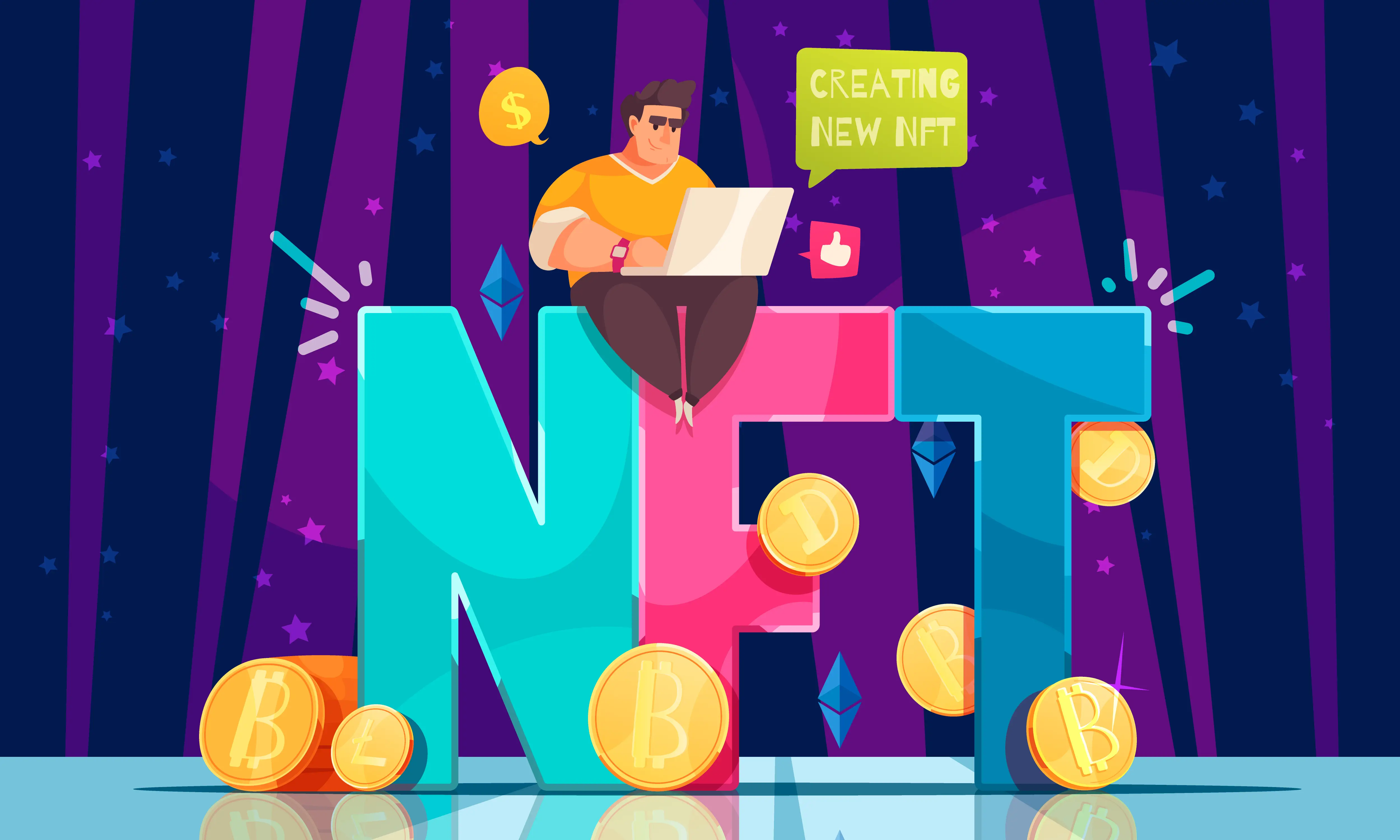Understanding the Nature of NFT and Digital Assets
NFTs, or non-fungible tokens, are unique digital assets that exist on the blockchain. They are used to confirm the authenticity and ownership of digital or physical items. In recent years, NFTs have become popular due to the ability to own unique digital artworks, collectibles, and other assets. However, like any rapidly growing industry, scammers have emerged here seeking to profit from unscrupulous deals.
Digital assets include not only NFTs, but also cryptocurrencies and other forms of digital values that may be of interest to investors. Without proper understanding and precautions, investors can become victims of fraud.
How to Avoid NFT Fraud
To avoid deception in the world of NFTs, it is important to understand the basic principles of how this technology and the market as a whole work.
Consider a few key aspects:
Researching a Project Before Investing
Before purchasing any NFT, it is important to thoroughly research the project. This includes:
- Checking the development team: Find out who is behind the project. Known and respected names in the industry usually reduce the risk of fraud.
- Analyzing the roadmap: Good projects have clearly defined goals and development stages. Study their plans and assess their realism.
- Reading reviews and opinions: Find opinions from other investors and experts. This can help identify hidden issues or shortcomings.
Signs of Fake NFT Projects
Recognizing fraudulent projects can be a challenging task, but there are several red flags to watch out for:
- Lack of transparency: Projects that do not provide enough information about themselves or their team may be suspicious.
- Too high promises: If a project promises guaranteed profits or unprecedented success without clear justification, this may be a sign of deception.
- Issues with contracts: Ensure that the project's smart contracts are verified and transparent.
Fake NFTs and Digital Assets
Scammers often create fake NFTs to deceive investors. These fakes may look plausible, but they lack legal and digital authenticity.
Ways to Protect Against Fakes
- Checking the source: Buy NFTs only through verified platforms and markets.
- Authentication: Ensure that the NFT has verified authentication and is linked to the original creation or object.
- Using blockchain explorers: These tools allow you to track transaction history and confirm the authenticity of tokens.
Investment Security in Digital Assets
Investing in digital assets requires additional security measures due to their digital nature and high volatility.
Security Tips
- Using reliable wallets: Choose wallets with a good reputation and additional security features such as two-factor authentication.
- Regular updates: Update your software and wallets to the latest version to protect against vulnerabilities.
- Backing up: Create backups of your wallets and private keys in secure locations.
Scammers in the NFT World
Scammers use various tactics to deceive investors in the NFT world. Understanding their methods can help prevent losses.
Common Scammer Strategies
- Phishing attacks: Scammers create fake websites and links to steal your personal data and access to wallets.
- Ponzi schemes: New investors pay for older ones, eventually leading to the scheme's collapse.
- Social engineering: Using trust and deception to gain access to your assets.
Protection Against Digital Asset Scams
Effective protection against fraud involves education and the use of modern technologies.
Key Recommendations
- Education and awareness: Keep up with news and educational materials about cryptocurrencies and NFTs.
- Using secure networks: Avoid using public Wi-Fi networks to access your digital assets.
- Trust but verify: Even if someone seems trustworthy, always verify information and ambiguous offers.
Conclusion
The NFT and digital asset industry offers many opportunities but also carries risks associated with fraud and deception. To protect your investments, it is important to be informed, cautious, and use all available means of protection. Following recommendations and continuous self-education will help you avoid pitfalls and make confident steps in the world of digital assets.
